Uranium trichloride (UCl3) is a molten salt under extremely high temperatures. It holds the key to unlocking the full potential of next-generation nuclear reactors. When transformed into a liquid state, its unique properties offer unparalleled opportunities to rethink nuclear fuel technology and improve reactor safety and efficiency.
Researchers from the Oak Ridge National Laboratory (ORNL) and their collaborators have carefully documented the elusive structure and complex chemistry dynamics of high-temperature liquid UCl3 salt. The research identifies this substance as a promising source of nuclear fuel. Their critical insights prepare for designing safer, more efficient, and innovative reactors that could reshape the future of nuclear energy.
Santanu Roy is an ORNL researcher. In a paper published in the Journal of the American Chemical Society, he noted that this is a first critical step in enabling better predictive models for the design of future reactors. He added that “A better ability to predict and calculate the microscopic behaviors is critical to design, and reliable data helps develop better models.”
For decades, molten salt reactors have been advertised as a promising solution for producing safe and affordable nuclear energy. ORNL’s prototyping experiments in the 1960s first demonstrated the potential of this technology. With the global push for decarbonization, there has been renewed interest in making these reactors commercially available.
However, designing the ideal reactor requires a deep understanding of how liquid fuel salts behave, particularly those involving actinide elements such as uranium. Molten salts melt at extremely high temperatures. They exhibit complex ion-ion coordination, making them challenging to study.
The research study was a collaboration between ORNL, Argonne National Laboratory, and the University of South Carolina. The team utilized a combination of computational approaches and advanced facilities such as the Spallation Neutron Source (SNS). The SNS is one of the brightest neutron sources in the world. It allowed the team to perform state-of-the-art neutron scattering studies. This enabled them to measure the chemical bond lengths of molten UCl3 for the first time.
Alex Ivanov co-led the study. He said, “I’ve been studying actinides and uranium since I joined ORNL as a postdoc. But I never expected that we could go to the molten state and find fascinating chemistry.” The study revealed that, unlike most substances, the bonds between uranium and chlorine contracted rather than expanded as the substance became liquid.
One of the most surprising discoveries of the study was the inconsistent behavior of the bonds. They oscillated between expanded and contracted states at ultra-fast speeds. Ivanov noted that “This is an uncharted part of chemistry and reveals the fundamental atomic structure of actinides under extreme conditions.” The bond lengths showed varying patterns, occasionally becoming shorter and temporarily transforming from an ionic to a more covalent nature. This fleeting change helped explain problems in previous studies. These findings will improve both experimental and computational approaches to reactor design. They will also shed light on challenges such as nuclear waste management and pyroprocessing.
The insights gained from this study not only expand our understanding of molten uranium salts but also highlight their potential in revolutionizing nuclear energy production. The unpredictable behavior of UCl3 is now more clearly defined. The path to developing more efficient and safer nuclear reactors has become clearer.
These major breakthroughs could play a crucial role in dealing with challenges related to nuclear waste, pyroprocessing, and the advancement of sustainable nuclear technologies. By improving predictive models and expanding the knowledge of molten salt behavior, researchers are one step closer to creating fission reactors that can help meet global energy demands while minimizing environmental impact.
Nuclear energy remains a key player in the race toward decarbonization. The discoveries in this study offer hope for more reliable, scalable, and eco-friendly energy solutions in the near future.
Blog
-

Nuclear Reactors 1428 – Oak Ridge National Laboratory Explores Chemistry Of Uranium Trichloride
-
Nuclear News Roundup Sep 06, 2024
Gov. Lee Announces Orano USA Seeks To Locate Uranium Enrichment Operations in Oak Ridge tn.gov
Kazakhstan to Decide on Nuclear Power Plant Construction in Referendum Caspian.com
Kazakhstan to Decide on Nuclear Power Plant Construction in Referendum – Caspian News search.yahoo.com
US regulator issues environmental assessment for two-unit test reactor world-nuclear-news.org
-
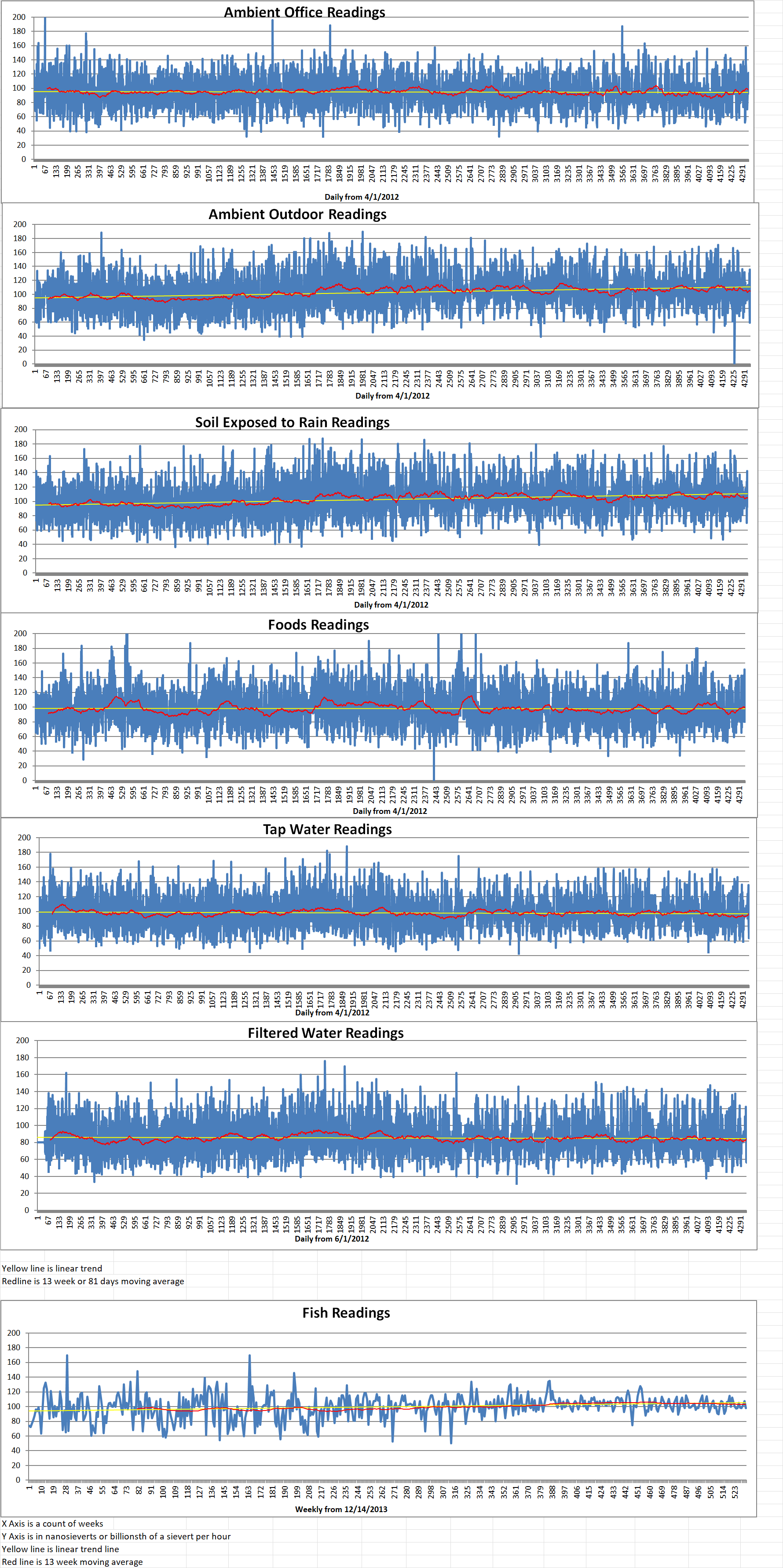
Geiger Readings for Sep 06, 2024
Ambient office = 52 nanosieverts per hour
Ambient outside = 93 nanosieverts per hour
Soil exposed to rain water = 96 nanosieverts per hour
Jalapeno from Central Market = 72 nanosieverts per hour
Tap water = 100 nanosieverts per hour
Filter water = 89 nanosieverts per hour
-
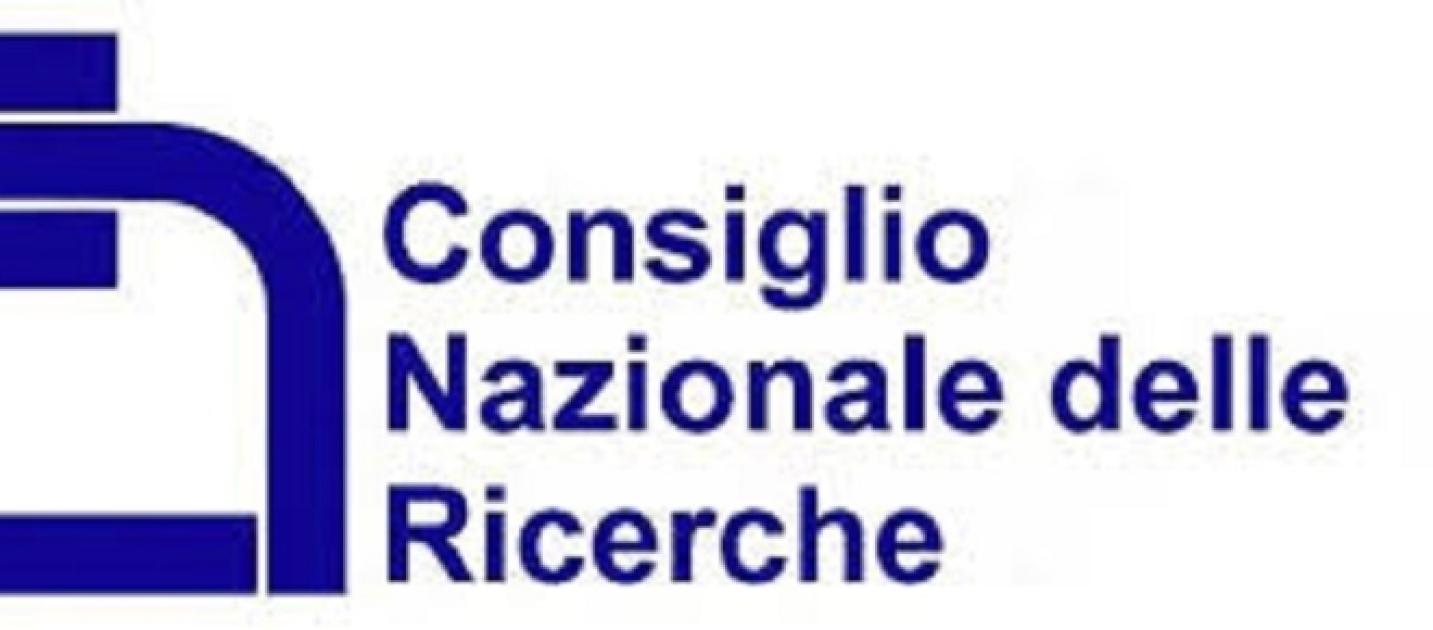
Nuclear Fusion 79 – Researchers At Consiglio Nazionale delle Ricerche Are Using Gamma Rays To Track Power Output Of A Magnetic Confinement Fusion Reactor
Nuclear fusion research is rapidly expanding in the U.S. and across the globe. One of the important issues with respect to the magnetic confinement approach is how to accurately measure the actual power produced by a fusion reactor.
Currently, magnetic confinement fusion devices such as tokamaks and stellarators rely completely on absolute neutron counting as a direct way of measuring fusion power.
Fusion researchers say, “This technique presents several difficulties: the emission and the transport of neutrons from an extended source like the tokamak, and their interaction with reactor materials, require the use of complicated simulation codes, as well as long and costly calibration campaigns to validate the codes.”
Researchers have developed a groundbreaking new method for measuring power in nuclear fusion reactors. They have discovered that gamma rays which are produced during the deuterium-tritium nuclear reaction, can serve as a highly accurate and alternative means of measuring the power output of new fusion reactors.
The new method makes use of the gamma-ray-to-neutron branching ratio in the deuterium-tritium reaction, a measurement that was previously unidentified. The researchers have found a way to count the rare gamma rays emitted during a fusion reaction. By counting the gamma rays emitted during a fusion reaction, researchers can now obtain valuable information about fusion power, independent of traditional neutron counting techniques.
The research team explained that “Absolute counting of deuterium-tritium gamma rays could provide the secondary neutron-independent technique required for the validation of scientific results and as a licensing tool for future power plants.” This novel method involves the precise measurement of two particular gamma rays with energies around thirteen million electron volts and seventeen million electron volts.
Marica Rebai is a researcher at Consiglio Nazionale delle Ricerche (CNR-ISTP) and an author of the study. She said, “From this measurement, never before carried out with sufficient accuracy, it was possible to determine the energies and relative intensities with which the two gamma rays are emitted. This gamma ray emission process has a relative probability (called branching ratio) which is much lower than that of fourteen million electron volts neutron emission.”
Andrea Dal Molin and Davide Rigamonti led another study on the same subject. They said that this work enabled them to find that one gamma ray is emitted for every forty-two thousand fourteen million electron volts produced.
Dal Molin and Rigomonti added that “It paves the way for the use of absolute gamma-ray measurement as a new alternative and complementary method to neutron measurements for determining the power achieved in new fusion reactors based on the deuterium-tritium reaction, such as ITER and SPARC”.
The International Thermonuclear Experimental Reactor (ITER) is a global collaborative effort focused on proving the viability of fusion power. It requires two independent methods for precisely measuring the power it generates.
Marco Tardocchi is a research director at CNR-ISTP. He said that “Until now, the absence of a direct and alternative method to absolute neutron counting has been an obstacle to the independent validation of results obtained from ongoing experiments and the authorization of future commercial plants.” -
Nuclear News Roundup Sep 05, 2024
Ukraine Cuts Output at Nuclear Plant After Russian Attacks usnews.com
Westinghouse Unveils Pioneering Nuclear Generative AI System businesswire.com
Energoatom denies accident at South Ukraine Nuclear Power Plant but says ‘issues’ found kyivindependent.com
China pledges to encourage investment in Nigeria reuters.com
-
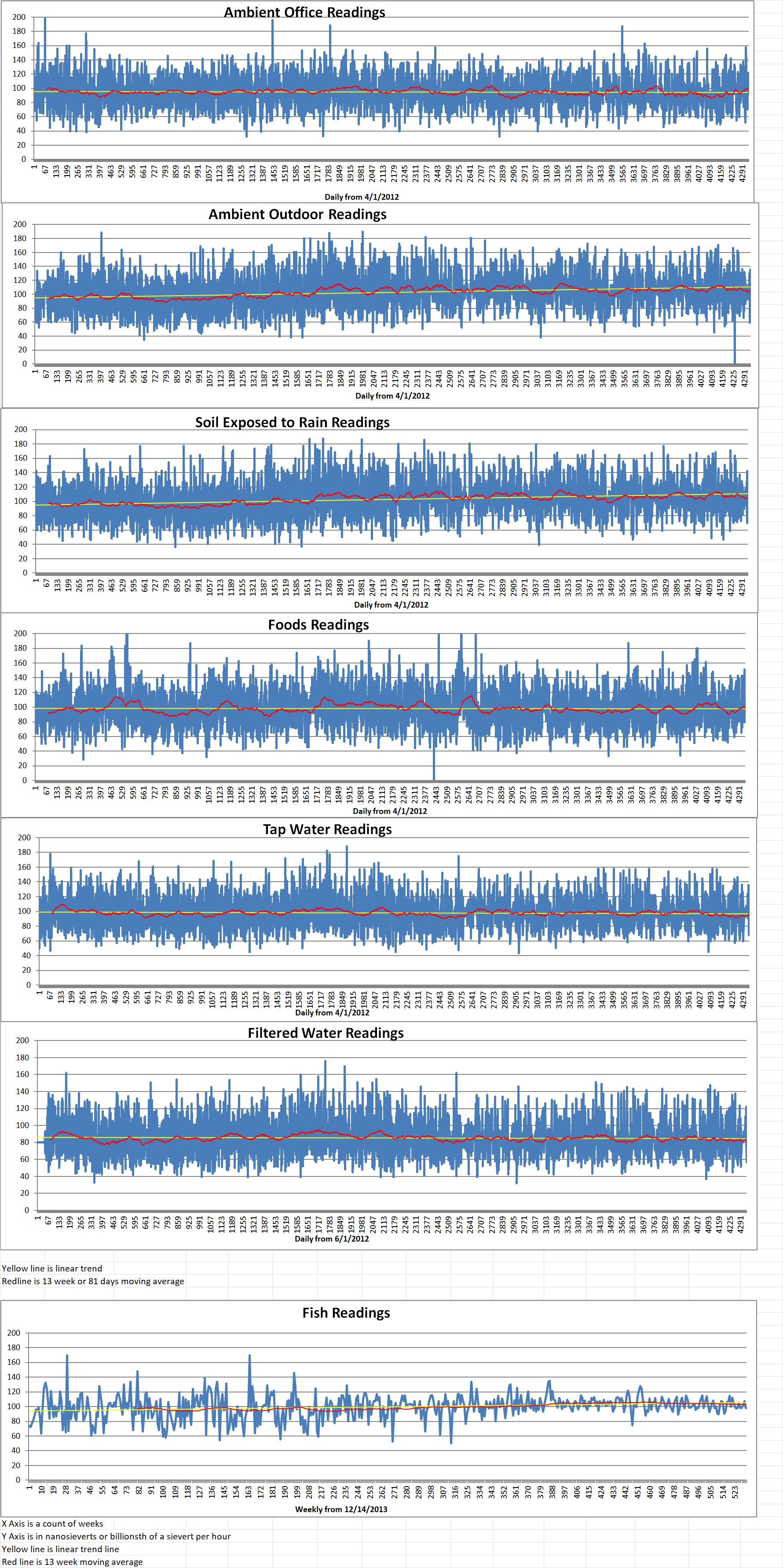
Geiger Readings for Sep 05, 2024
Ambient office = 66 nanosieverts per hour
Ambient outside = 104 nanosieverts per hour
Soil exposed to rain water = 107 nanosieverts per hour
Heirloom tomato from Central Market = 87 nanosieverts per hour
Tap water = 102 nanosieverts per hour
Filter water = 87 nanosieverts per hour
-

Nuclear Weapons 868 – Air Force Working On Replacing U.S. ICBM Fleet
The U.S. Air Force “underestimated” the complexity of building a sprawling network of launch centers and other ground infrastructure for its next nuclear missile. This led to severe projected cost overruns, the service’s acquisition chief said Wednesday.
Most of the Air Force’s and industry’s attention was initially focused on the missile portion of the LGM-35A Sentinel intercontinental ballistic missile. Andrew Hunter is the Air Force’s assistant secretary for acquisition, technology and logistics. He said at the Defense News Conference in Arlington, Virginia, on Wednesday that the Air Force “really neglected the complexity of the ground infrastructure.”
The Air Force wants to replace its arsenal of four hundred and fifty ageing Minuteman III nuclear missiles. The Minuteman III program is nearing the end of its life, with the Northrop Grumman-made Sentinel. Sentinel’s replacement includes building new launch control centers across the Plains region, refurbishing existing silos for the new missiles and replacing about seventy-five hundred miles of copper cable connecting the facilities with modern fiber optics. The projected future costs of have skyrocketed.
The Pentagon originally expected to spend seventy-seven billion seven hundred million dollars on Sentinel. However, the program is now likely to cost about one hundred and sixty billion dollars if it stays on its current course. The projected cost overruns alarmed lawmakers and Pentagon officials and triggered an event known as a critical Nunn-McCurdy breach.
After a review announced in July, the military decided that the Sentinel was too important to cancel but must be restructured to bring those costs back down. But the Pentagon said even a “reasonably modified” version would still probably cost one hundred and forty billion dollars which amounts to an eighty-one percent more than the original estimate.
Jim Slife is the Vice Chief of Staff of the Air Force. He said that the Air Force is now going “line by line” through Sentinel’s funding requirements to look for places to reduce its costs. He added that the “exhaustive” process will take months.
Slife said, “The undersecretary (Melissa Dalton), Mr. Hunter’s team and I are deeply, deeply involved in looking at our requirements (and) making sure that we revalidate all the requirements.” The Air Force needs to “trace every single one of them back to either presidential guidance, or departmental guidance for things like safety, security, surety, survivability — all the things that are needed in a system that you’re going to rely on to keep the nation safe. Slife added that finding places to cut costs is challenging. Sentinel’s top-level requirements were fairly straightforward.
Silfe continued that the “derived requirements” that spell out how Sentinel will do its job “actually can become problematic.” Those can include spelling out how many facilities will be needed to carry out Sentinel’s mission and how much concrete those facilities will need to consume and how large a workforce they will require.
The Air Force has not constructed a new ICBM and accompanying infrastructure since the Minuteman III which was deployed in the early 1970s.And because it has been so long since the Air Force undertook a major acquisition of this scale, Hunter said, the Air Force underestimated Sentinel’s complexity. “We’re having to relearn some of those skills and up our game.” The “striking” complexity of Sentinel’s ground infrastructure is crucial to making the ICBM system an effective nuclear deterrent.
Hunter added that “We have to have a missile where we can respond instantly, at all times, without fail, and in the context of the highest of high-intensity conflicts, a potential nuclear exchange. And we ask our ground infrastructure to provide most of those capabilities. The missile is only a small piece of that puzzle.” The Air Force also has to “bring a lot more engineering focus on the ground infrastructure” to simplify Sentinel and bring its costs under control. -
Nuclear News Roundup Sep 04, 2024
The Kremlin explained the need to update Russia’s nuclear doctrine comoreanda-news.com
Finland’s Fortum uses US nuclear fuel to cut Russia dependence reuters.com
MIT Launches Nuclear Security Center with Major Gift miragenews.com
South Korea, New Zealand condemn nuclear-armed North English.alarabiya.net
-
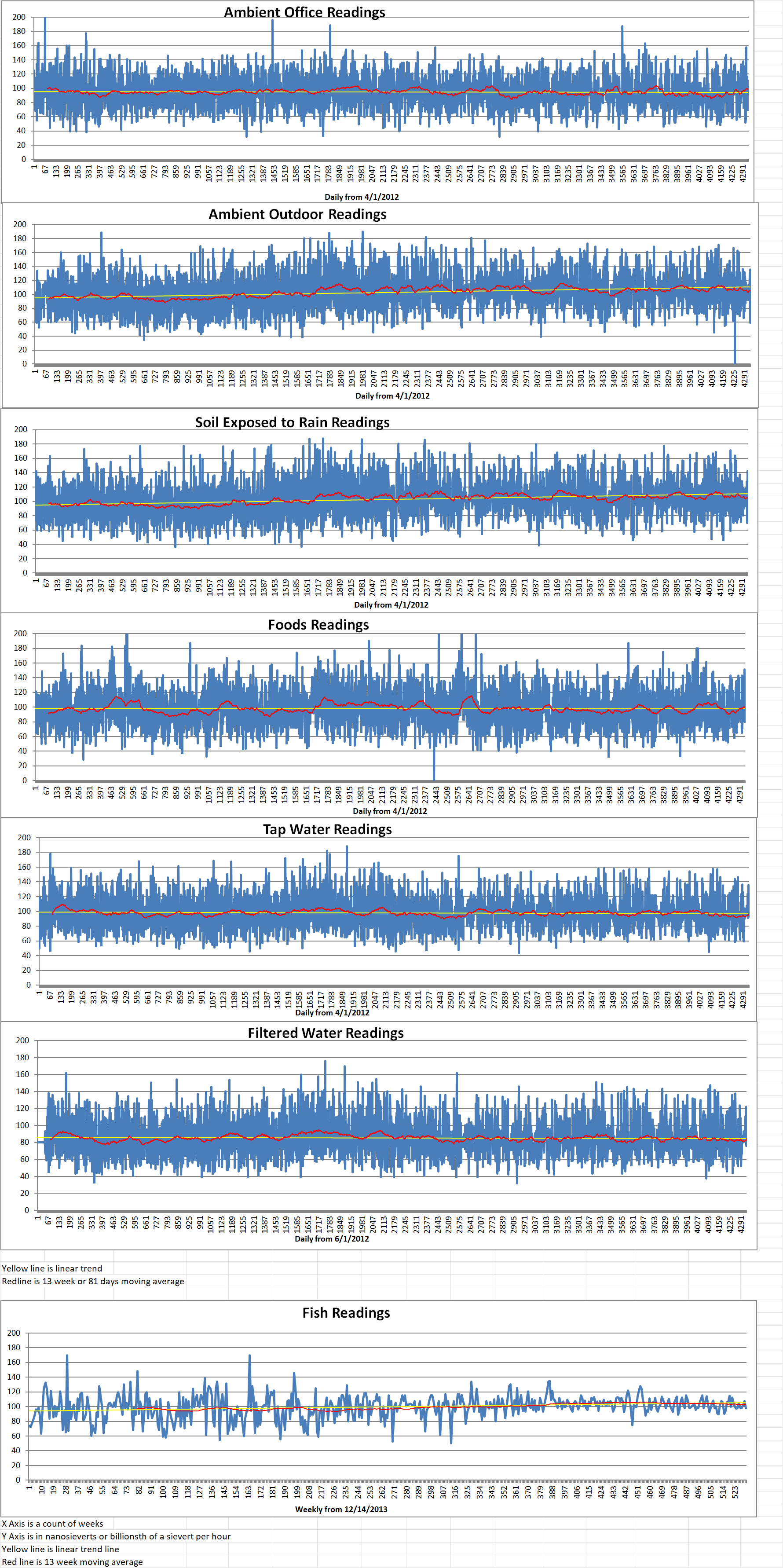
Geiger Readings for Sep 04, 2024
Ambient office = 100 nanosieverts per hour
Ambient outside = 98 nanosieverts per hour
Soil exposed to rain water = 98 nanosieverts per hour
Avocado from Central Market = 115 nanosieverts per hour
Tap water = 100 nanosieverts per hour
Filter water = 87 nanosieverts per hour
-
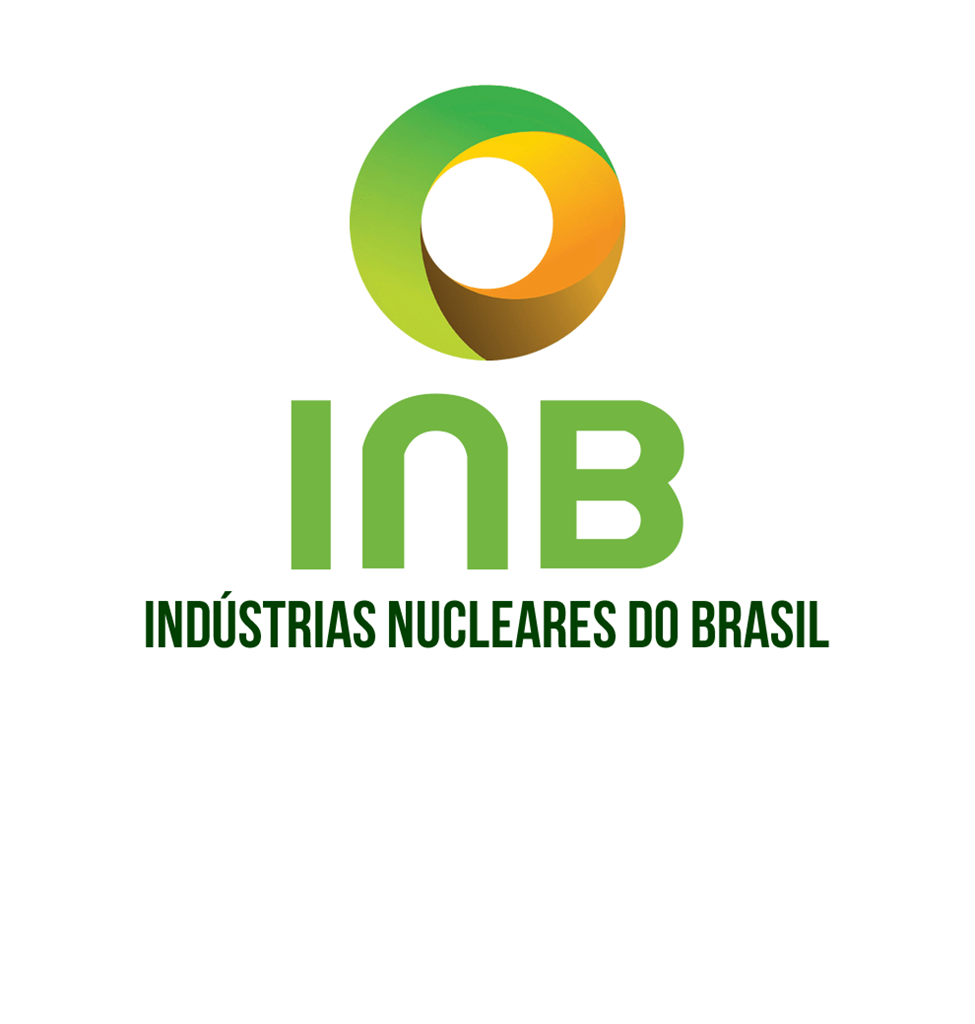
Nuclear Reactors 1421 – Brazil To Begin Explorations For Uranium Deposits
Brazilian fuel cycle company Indústrias Nucleares do Brasil (INB) has announced that it will resume exploration for uranium in the country after a forty-year hiatus.
INB has launched the Uranium Prospecting and Mining Partnership Program. It is seeking to work in partnership with companies in the mining sector. INB said new research will be conducted in areas known for their “great mineral potential for this valuable substance”.
Adauto Seixas is the INB President. He said, “This new round of research comes at an important time for the country, since national production is still lower than the domestic consumption of the Angra I and II nuclear plants, and taking into account the increase in demand with the completion of Angra III.”
INB mentioned that the price of uranium has more than tripled in recent years. This “brings an avenue of opportunities for growth in the sector in the form of exporting concentrated uranium, and also with the possibility of offering nuclear fuel to the international market, adding value to the local production chain”.
INB added that “According to a study conducted forty years ago, Brazil had the eighth largest reserve in the world. However, considering that the second largest reserve is in Kazakhstan, which is the same size as the state of Rio de Janeiro, it is possible that the country could eventually take second place.”
According to World Nuclear Association (WNA), exploration in the 1970s and 1980s indicated that Brazil has reasonably assured resources of two hundred and ten thousand tons of uranium. There has been little investment in exploration since the mid-1980s.
The country has three main deposits. Pocos de Caldas in Minas Gerais state, where a uranium mine was closed in 1997; Lagoa Real or Caetité in Bahia state which has been operating since 1999; and Itataia, which is now called Santa Quitéria, in Ceará state, where the production of uranium as a co-product with phosphate is planned.
Uranium has been mined in Brazil since 1982, but the only currently operating mine is INB’s Lagoa Real/Caetité mine, with a capacity of three hundred and forty tons of uranium per year. The mine has known resources of ten thousand tons of uranium at 0.3%U.
INB began developing the adjacent Engenho mine in January 2017. It is a two hundred to three hundred tons of uranium per year open pit operation. Production was initially planned to begin in October of 2017, but has not yet begun.
In January of 2020, the country’s energy minister stated that investment in INB would allow it to produce one hundred and fifty tons of uranium annually from Caetité, starting in 2020. Production would expand to three hundred and sixty tons of uranium per year by 2023. The Santa Quitéria Consortium is a partnership between INB and privately owned fertilizer producer Galvani. It expects to produce two thousand three hundred tons of uranium concentrate annually from the Itataia deposit.
In 2022, Brazil produced forty-three tons of uranium. All mined uranium is used domestically, after it has been converted and enriched abroad. The country’s uranium consumption is currently about three hundred and thirty-nine tons of uranium per year.
In December of 2022, INB signed a contract with Russia’s Rosatom for the supply of three hundred and thirty tons of uranium in the form of natural UF6 to fuel the Angra nuclear power plant from 2023 to 2027. In May of 2023, three contracts were signed with Westinghouse to cover the supply of advanced fuel assemblies to be used for Angra 1 reloads.
